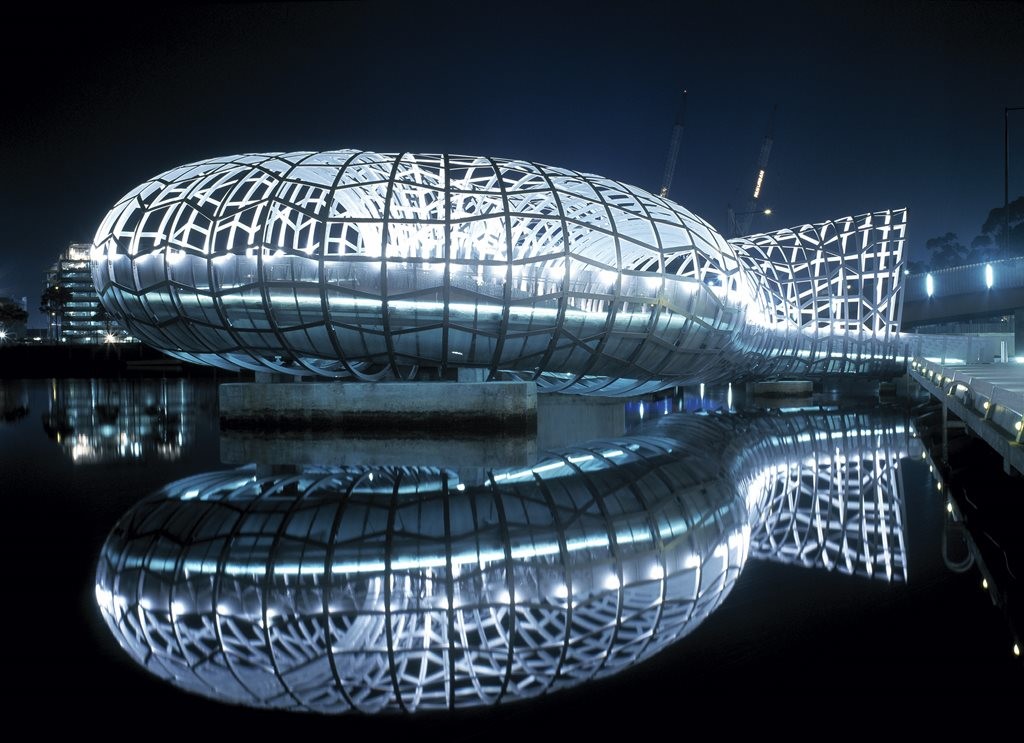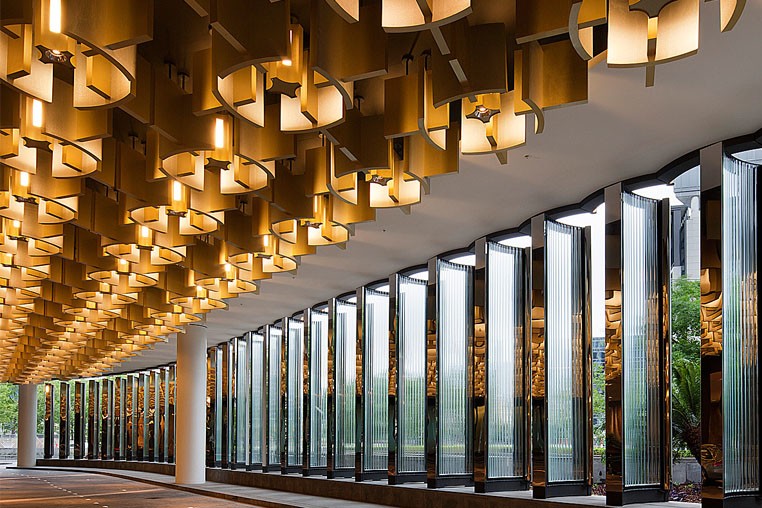Paul Beale founded architectural lighting design firm Electrolight in 2004 to service what he felt were gaps in the design market requiring strong creative and technical design competencies.
Ten years later, Beale’s firm is now rated the second best lighting design practice in the world by Illumni, which is based on a points scheme collated from major international lighting design industry awards.
Beale’s extensive international and domestic lighting design experience includes sub-contracting for projects by architects such as Woods Bagot and ARM.
We caught up with Beale to discuss his role as a lighting designer in projects of every budget as well as the future of the lighting industry in general.
Is the importance of artificial lighting design overlooked?
Not by the best architects and most informed clients. It is these people who really get it; the ones that understand what a valuable contribution the lighting designer can bring to any project.
People sometimes only bring in a specialist lighting designer when the lighting budget is unusually high.
Almost the opposite is true; when budgets are tight then you need the best in lighting design skills to bring a space to life through light.
On a linear project timeline, when should a lighting concept design be considered?
As early as possible. In Australia designers are often brought in too late to the process and we are playing catch-up and opportunities are missed. In the US where lighting design is a more established profession I hear that the lighting designer is brought in much earlier, sometimes before the architect!
 The Melbourne Recital Centre by ARM Architecture was completed in 2008 and features lighting design by Paul Beale.
The Melbourne Recital Centre by ARM Architecture was completed in 2008 and features lighting design by Paul Beale.
What would a proper lighting concept benefit? / How is a proper lighting concept beneficial?
I believe in divergent thinking at the outset of a concept design; as many ideas as possible. There’s no such thing as a bad idea at this early stage in Electrolight. We like to get our team to table ideas (however ‘out there’) and then we workshop them and whittle them down until the best one sticks.
What are some of the innovations in lighting design that are beginning to trickle into Australian architecture and interior design?
With the advent of LED, fittings are becoming smaller, narrower and can bend around corners (unlike the fluoros of the olden days). This, and advances in 3D modelling with programmes like Revit, means that geometries in architecture are becoming more complex and lighting design is becoming more sophisticated and intricate in response.
 Beale's doesn't have a favourite project, but his first serious lighting design commission Webb Bridge in Melbourne is a standout.
Beale's doesn't have a favourite project, but his first serious lighting design commission Webb Bridge in Melbourne is a standout.
How does Australia rank in terms of architectural lighting experimentation? Are we behind or leading innovations in this field?
I used to sit on the membership committee of the IALD (International Association of Lighting Designers) and had the privilege of seeing professional lighting design portfolios from all around the world. I was proud to observe that Australia punches well above its weight in terms of quality lighting design. Australian design is typically unafraid to be bold and experimental.
How has the role of a lighting designer changed over the years? Has sustainability weighed in on this?
The technology has certainly changed, as has the analytical tools stemming from advances in 3D modelling. But the fundamentals of light and shadow —light being applied to a space that has meaning and resonates with the broader design moves — are just as relevant today as it was for the pioneers of lighting design like Richard Kelly in the 1950s.
What’s been your favourite project to work on, and why?
Identifying a favourite project is a bit like identifying a favourite child (we love all our projects and clients equally!). Having said that, one project that stands out for me is Webb Bridge as this was the first serious lighting design commission that I led. It won the IES Award of Excellence in 2003; I couldn’t stop smiling for about a week afterwards.
 The Crown Towers Eastern Entry lighting concept by Electrolight was a recipient of the International Lighting Design Award of Excellence in 2013.
The Crown Towers Eastern Entry lighting concept by Electrolight was a recipient of the International Lighting Design Award of Excellence in 2013.

